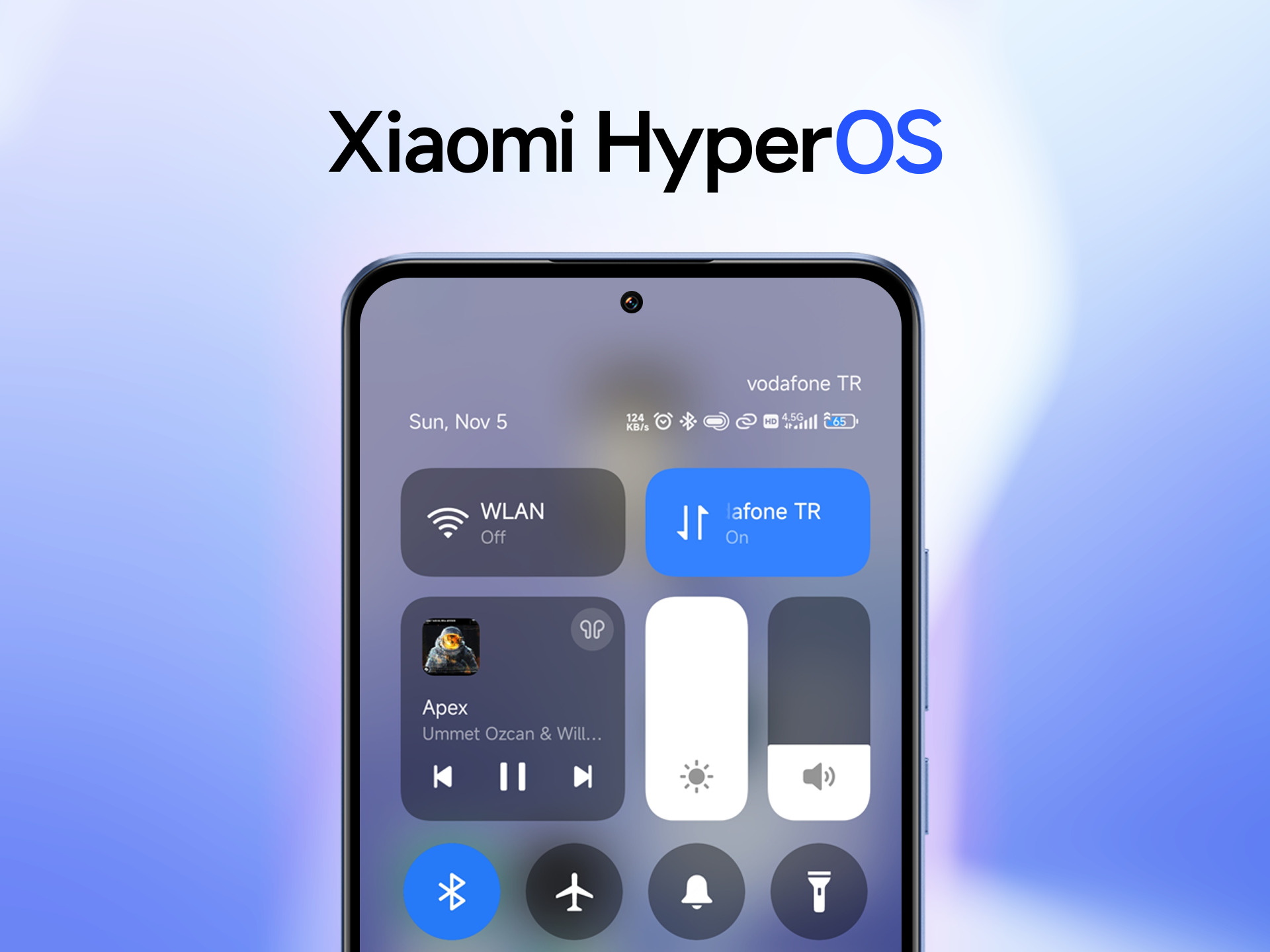Step by step guide to configure Hyper-V in Windows 10 and install Windows 11 even on a PC without TPM 2.0 module or other required requirements
As seen, the upcoming Microsoft Windows 11operating system has special requirements, including the need for a PC equipped with a TPM 2.0 module inside. Pending further developments, at the moment this requirement also brings some difficulties in previewing Windows 11, since most PCs with Windows 10 do not have the TPM 2.0 module. However, thanks to the virtualization technology of the operating systems, you can easily install Windows 11 without replacing Windows 10 and without changing computers.
To do this, simply use the program, already included in Windows 10, Hyper-V, and configure a virtual machine on Hyper-V to install Windows 11 even if the computer does not have TPM 2.0.
Hyper-V, which we talked about some time ago, is a native virtual machine tool in Windows 10 that allows you to install and test different operating systems and keep them running alongside Windows 10, on the same PC.
The only requirement is to check if virtualization is enabled or available on your computer. This can be seen immediately from the Task Manager.
Open the Task Manager by pressing the CTRL-Shift-Esc keys together on the keyboard, then go to the Performance tab and press on CPU. Below you can read if Virtualization is enabled. If not enabled, virtualization must be enabled within the UEFI BIOS.
Then restart the PC and access UEFI by pressing the button indicated on the screen and then open the management interface of the motherboard firmware. Here you will find the option to enable virtualization, which can be referred to by different names such as SVM Mode, Intel Virtualization Technology, VT-X, AMD-V / Hypervisor. Note that the mouse does not work in UEFI mode, so you will have to use the keyboard.
Configure and install Windows 11 on Hyper-V
By following these steps we can configure Hyper-V and install Windows 11 like any other version of Windows by creating a virtual machine that can be started from the Windows 10 desktop and that can be used as if it were a different and independent PC.
Enable Hyper-V
1) Click on the Start menu, then search for ” enable or disable Windows features ” and click on the respective search result.
2) After opening the Windows features window, search for Hyper-V and enable it with the cross, and press OK to install it if it was not already present.
3) Restart the PC and from the Start menu use the search to find the Hyper-V Management Console.
Install Windows 11 on Hyper-V
1) Once the Hyper-V management console is open, click on the computer name on the left side and then select New> Virtual machine on the right side.
2) Skip the introduction window by pressing the Next button, write any name of the virtual machine and choose the location on the disk to save it. Then, click the Next button again.
3) Select Generation 2 in the next tab and click Next (selecting the first generation, Windows 11 cannot be installed).
4) In the Memory Allocation tab, allocate at least 4 GB of RAM so that the virtual hardware can run the operating system without problems (so write 4000 MB as Boot Memory ).
5) On the next tab, Network Configuration, expand the drop-down list and select the network used to connect to the internet on your computer.
6) Next, Create a virtual hard disk: enter the name of the VHDX, select a location, a size, and go Next.
7) In the last tab, choose to install an operating system from the boot image and select Windows 11. ISO file.
8) Go to the next section and press the Finish button.
Configure Hyper-V with TPM 2.0
Once the Windows 11 virtual machine is created, you need to enable the virtual TPM to start the installation process. This does not require you to have a PC with a true TPM 2.0 module
1) Right-click on the virtual machine and select Settings from the context menu.
2) Go to the Security tab from the menu on the left, check the Enable Trusted Platform Module box and press Apply and then OK to save the change.
3) Now, press on the virtual machine created to start it from the installation of Windows 11 which is identical to each previous version and does not present any criticality or difficulty, just follow the wizard.
Configuring a Windows 11 virtual machine on Hyper-V is not difficult at all and therefore it becomes possible to test the latest version of Windows even if you do not have a PC with the right requirements and with the actual Trusted Platform Module.




